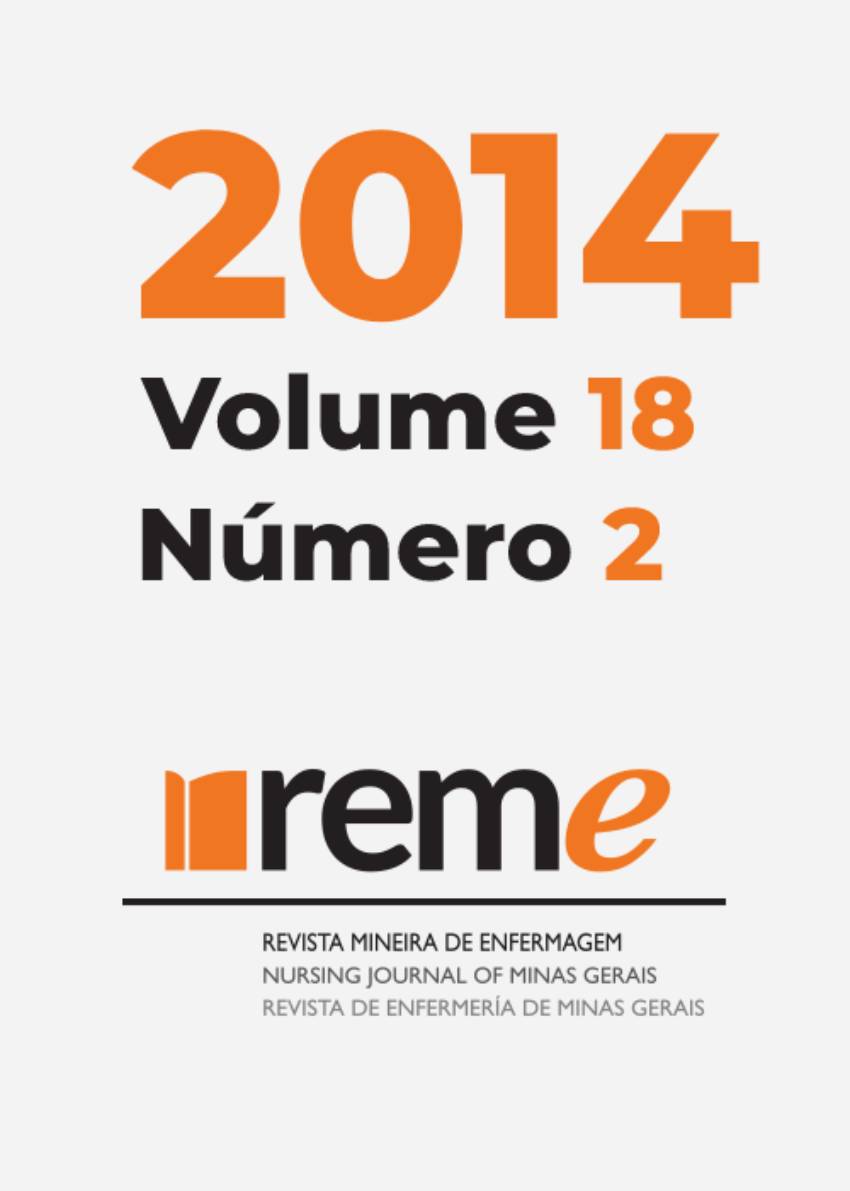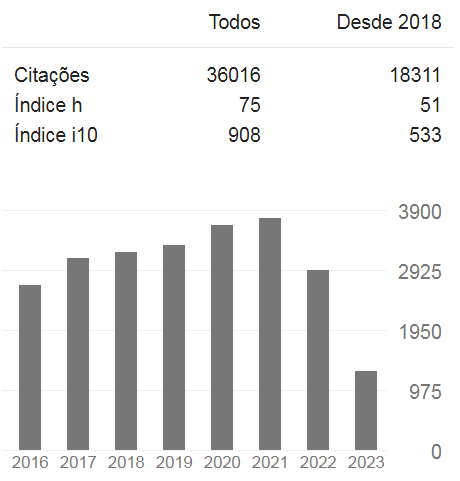Epidemiological profile of people with visceral leishmaniasis in the municipality of Paracatu, Brazil from 2007 to 2010
DOI:
https://doi.org/10.35699/reme.v18i2.50163Keywords:
leishmaniasis, Visceral, Epidemiology, Descriptive, Information Systems, Disease NotificationAbstract
OBJECTIVE: To analyse the epidemiological profile of visceral leishmaniasis in the municipality of Paracatu. METHODS: It is a descriptive and epidemiological study based on cases notified to the Information System for Notifiable Diseases between 2007 and 2010. We analysed the following variables: age, sex, skin colour (race), years of schooling, type of input, and disease outcome using absolute and relative frequencies. RESULTS: A total of 128 cases of visceral leishmaniasis had been notified. Average incidence rate in the period was 39/100,000 inhabitants. Among these, 56.2% were men; 56.2% were aged between 0 and 14 years; 7.8% were recurrent cases; 87.5% were cured; and 4.7% died. CONCLUSION: The incidence of visceral leishmaniasis in Paracatu in the studied period was high when compared with the state and national averages. On the other hand, the low coefficient of lethality encourages the re-evaluation of local strategies to control the disease.Downloads
References
World Health Organization. Control of leishmaniasis. Sixtieth world health
assembly. Genebra: WHO; 2007.
Brasil. Ministério da Saúde. Secretaria de Vigilância em Saúde. Departamento
de Vigilância Epidemiológica. Manual de vigilância e controle da leishmaniose
visceral. Brasília: Ministério da Saúde; 2006.
Brasil. Doenças infecciosas e parasitárias: guia de bolso. Ministério da
Saúde, Secretaria de Vigilância em Saúde, Departamento de Vigilância
Epidemiológica. 8. ed., Brasília: Ministério da Saúde; 2010.
Marcelino AP. Leishmaniose visceral e áreas de vulnerabilidade à saúde
em Belo Horizonte, 2001-2005 [dissertação]. Belo Horizonte: Escola de
Veterinária da UFMG; 2007.
Brasil. Ministério da Saúde. Leishmaniose Visceral: situação epidemiológica..
[Citado em 2013 set. 18]. Disponível em: http://dtr2004.saude.gov.br/
sinanweb/index.php.
Brasil. Ministério da Saúde. Secretaria de Vigilância em Saúde. Departamento
de Vigilância Epidemiológica. Leishmaniose visceral grave: normas e
condutas. Brasília: Ministério da Saúde; 2006.
Dias ES, Regina-Silva S, França-Silva JC, Paz GF, Michalsky EM, Araújo SC, et
al. Eco-epidemiology of visceral leishmaniasis in the urban area of Paracatu,
state of Minas Gerais, Brazil. Rev Vet Parasitol. 2011; 176(5):101-11.
Instituto Brasileiro de Geografia e Estatística. Censo Demográfico 2010.
[Citado em 2011 jun. 26]. Disponível em: http://www.ibge.gov.br/cidadesat/
topwin-Dow.htm?1.
Brasil. Ministério da Saúde. Secretaria de Vigilância em Saúde. Sistema
Nacional de Vigilância em Saúde: relatório de situação: Minas Gerais. 5. ed.,
Brasília: Ministério da Saúde; 2011.
Marzochi MCA, Fagundes A, Andrade MV, Souza MB, Madeira MF,
Mouta-Confort E, et al. Visceral leishmaniasis in Rio de Janeiro, Brazil: ecoepidemiological aspects and control. Rev Soc Bras Med Trop. 2009; 42(5):52-63.
Missawa NA, Borba JF. Leishmaniose visceral no município de Várzea Grande,
Estado de Mato Grosso, no período de 1998 a 2007. Rev Soc Bras Med Trop.
; 42(5):30-8.
Borges BKA, Silva JA, Haddad JPA, Moreira EC, Magalhães DF, Ribeiro LML,
et al. Avaliação do nível de conhecimento e de atitudes preventivas da
população sobre a leishmaniose visceral em Belo Horizonte, Minas Gerais,
Brasil. Cad Saúde Pública. 2008; 24 (4):777-84.
Published
How to Cite
Issue
Section
License
Copyright (c) 2014 Reme: Revista Mineira de Enfermagem

This work is licensed under a Creative Commons Attribution 4.0 International License.






































